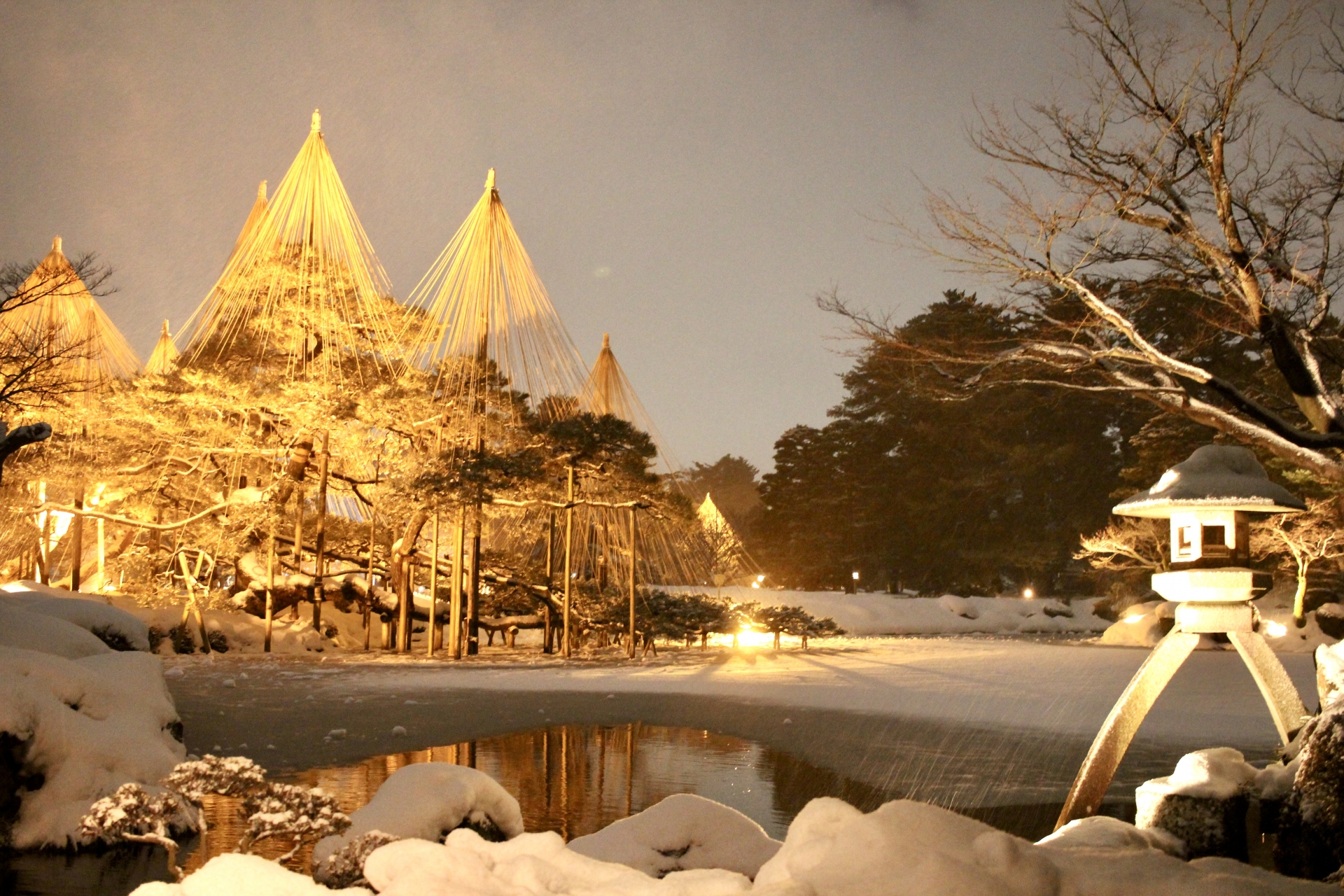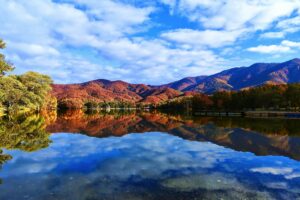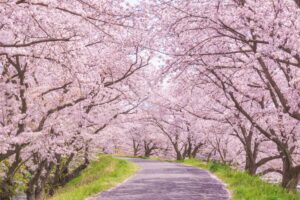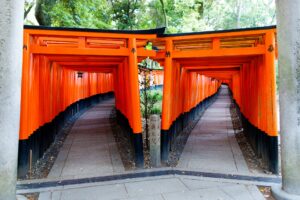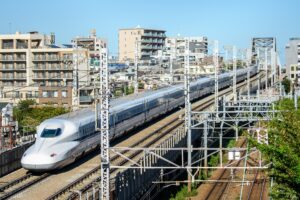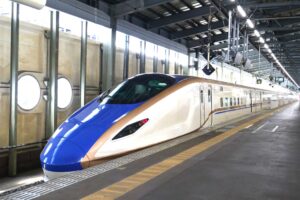Kenrokuen Garden in Kanazawa is one of Japan’s Three Great Gardens, celebrated for its seasonal beauty, historic architecture, and peaceful atmosphere. This comprehensive guide provides insights into its features, history, best visiting times, local foods, and expert tips to make your visit memorable.
What is Kenrokuen Garden?
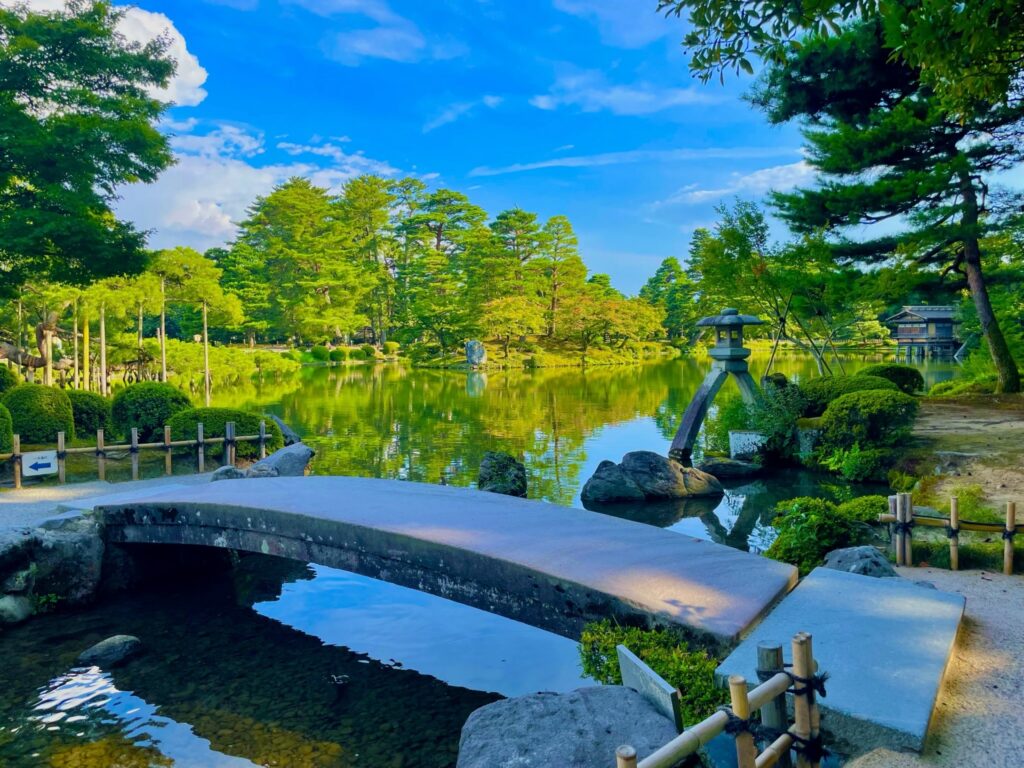
Kenrokuen Garden, located in Kanazawa, Ishikawa Prefecture, is one of Japan’s Three Great Gardens, alongside Kairakuen in Mito and Korakuen in Okayama. The name “Kenrokuen” translates to “Garden of the Six Sublimities,” reflecting the six essential attributes of an ideal landscape garden: spaciousness, seclusion, artificiality, antiquity, water features, and panoramic views. These characteristics combine to create a uniquely harmonious and balanced aesthetic that embodies classical Japanese garden design.
Recognized as a National Site of Special Scenic Beauty, Kenrokuen spans over 11.4 hectares (approximately 28 acres) and is situated adjacent to Kanazawa Castle. The garden’s layout features a central pond (Kasumigaike), rolling landscapes, teahouses, stone lanterns, and winding paths, all designed to evoke serenity and contemplation. Carefully cultivated over centuries, Kenrokuen offers visitors an immersive experience in seasonal beauty and traditional garden artistry.
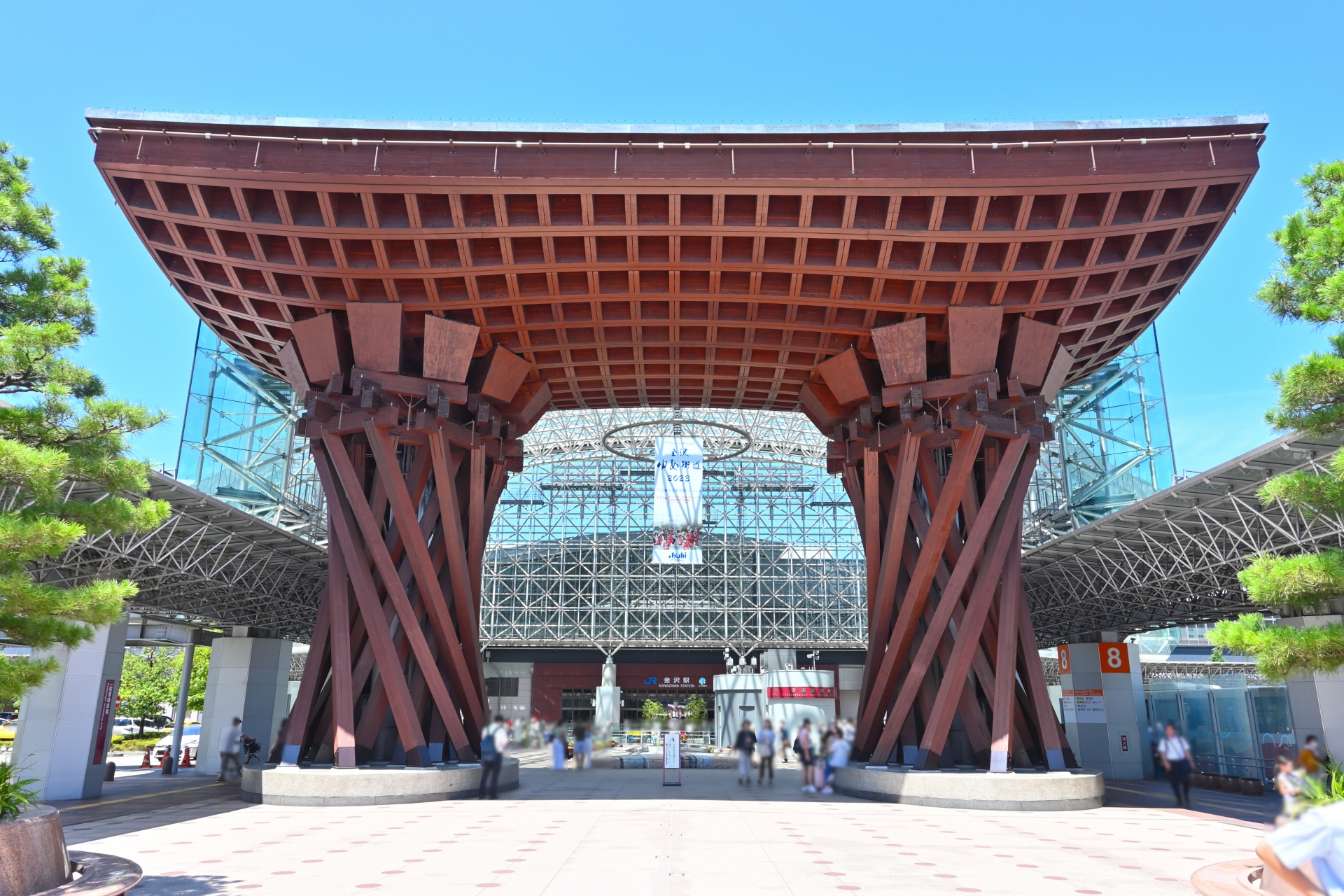
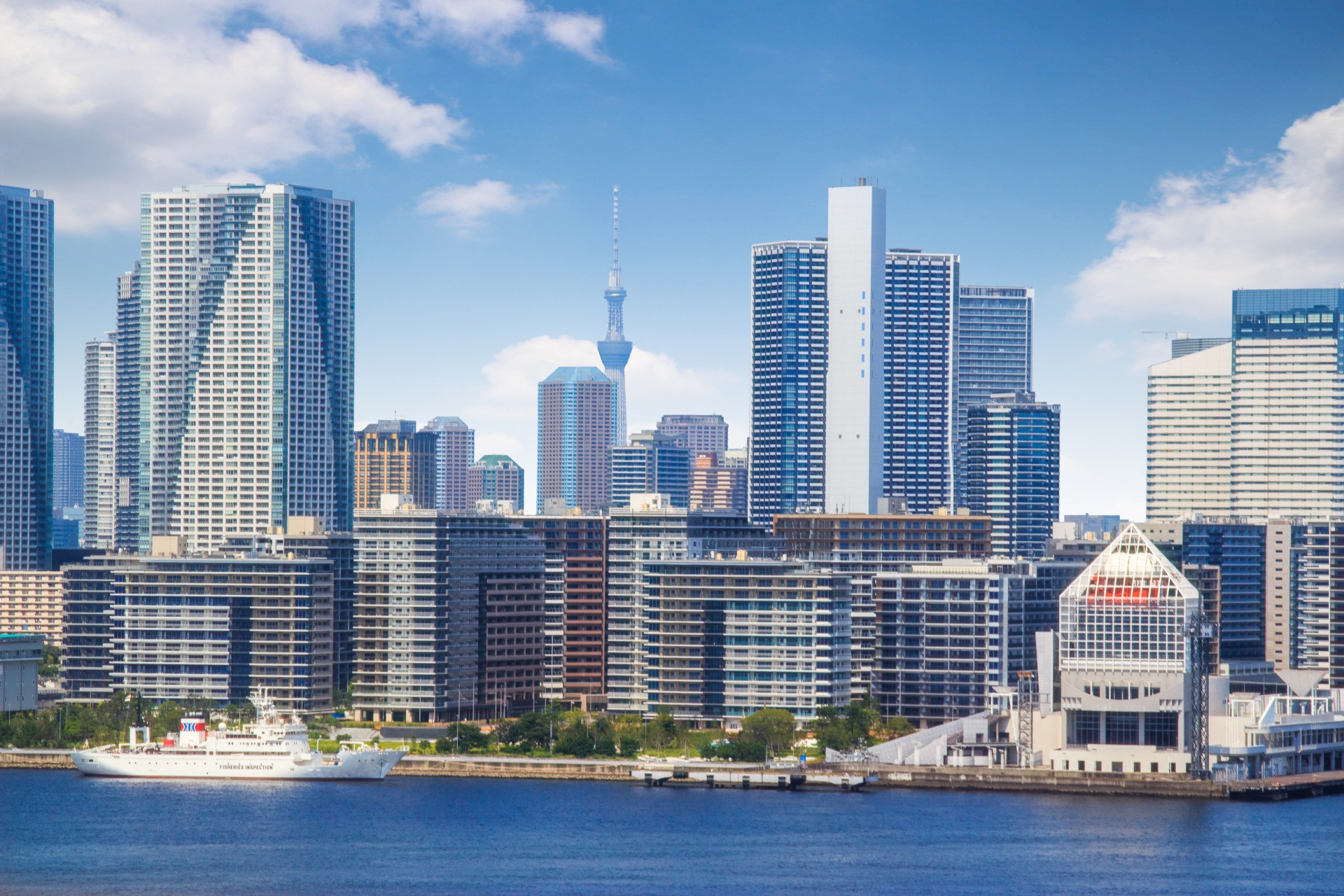
History and Cultural Significance
Kenrokuen was originally developed in the 17th century by the Maeda clan, powerful feudal lords who ruled the Kaga Domain. It began as the outer garden of Kanazawa Castle and underwent continuous enhancements over several generations. The garden’s design reflects the aesthetics and values of the Edo period, emphasizing harmony with nature, seasonal change, and artistic expression.
Iconic elements within the garden include teahouses like Shigure-tei, which provided spaces for cultural pursuits such as tea ceremonies. The Kotoji-toro lantern, with its asymmetrical legs, symbolizes the blend of utility and beauty. Curved bridges, stone pathways, and cascading streams highlight the intricate attention to detail. The cultural legacy of the Maeda clan is deeply embedded in the garden, making Kenrokuen not just a landscape but a living historical artifact.
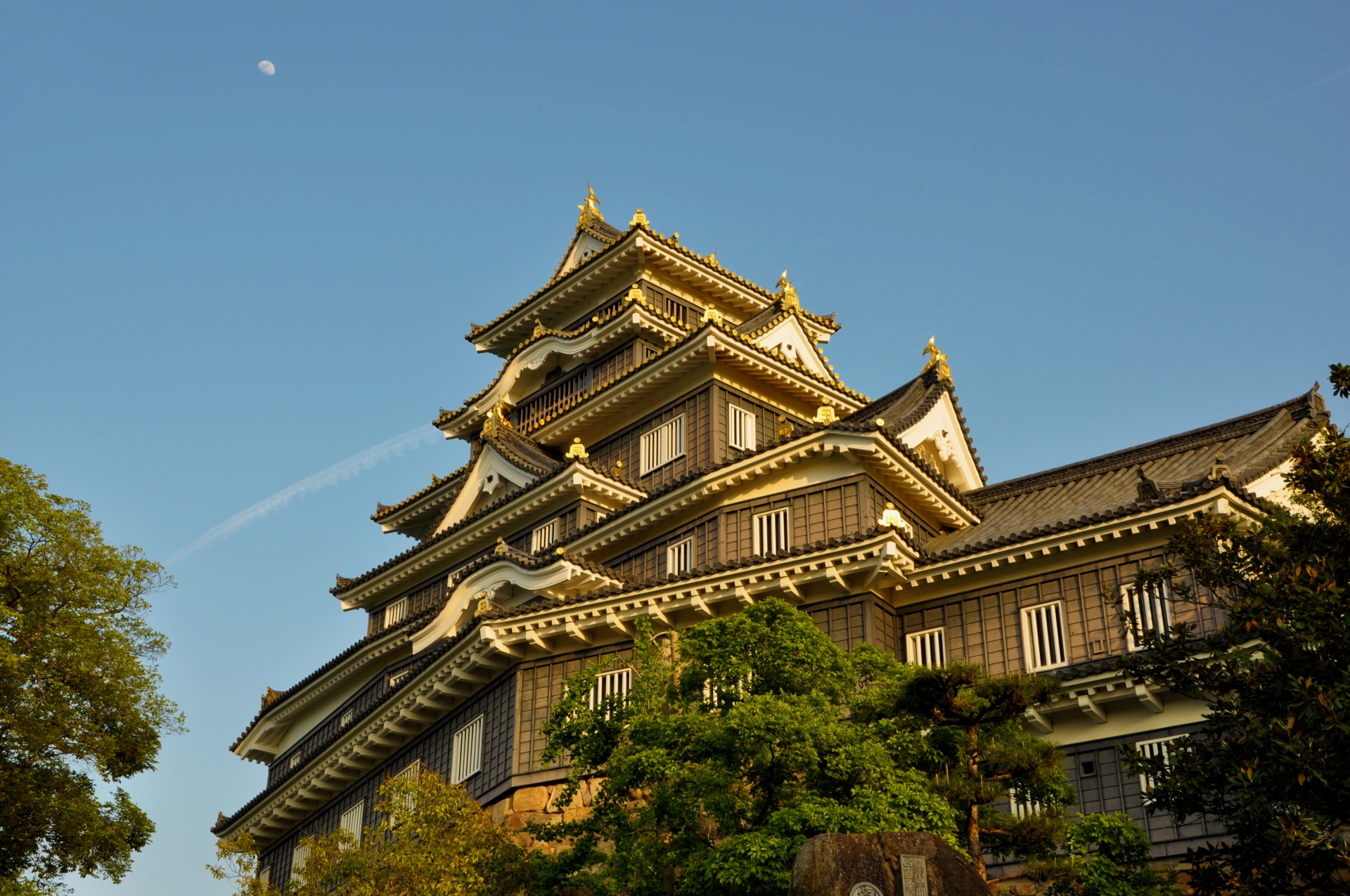
Seasonal Beauty: What to Expect Throughout the Year
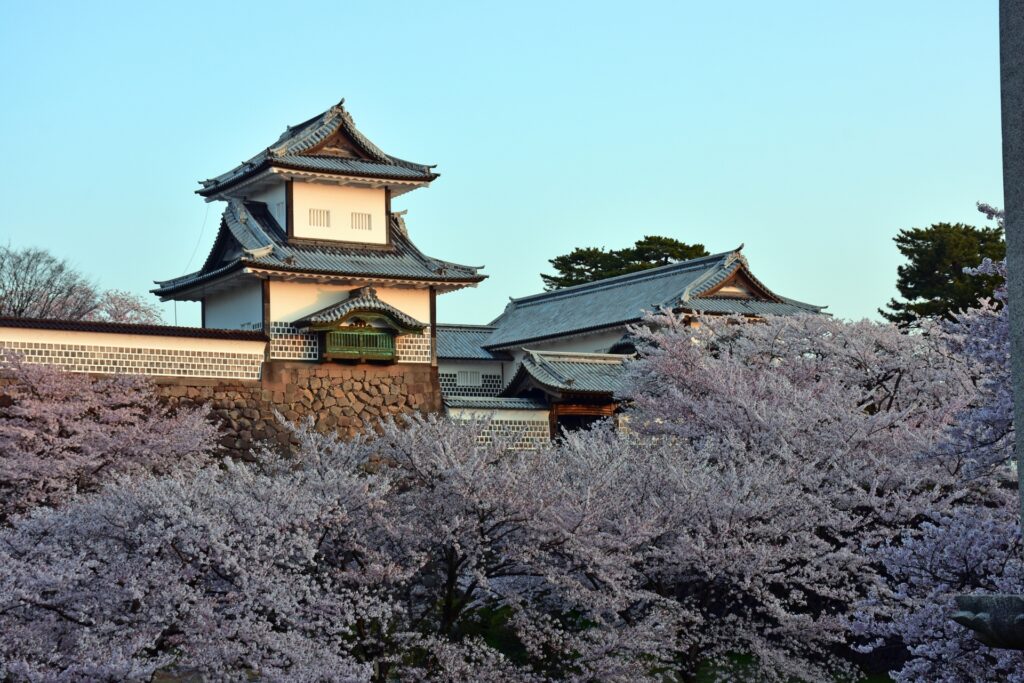
Spring: Cherry Blossoms and Fresh Greens
- Bloom Season: Late March to early April
- Top Viewing Spots: Along the Hanami Bridge and around Kasumigaike Pond
- Tips: Arrive early in the morning to avoid crowds; ideal for soft light photography
In spring, Kenrokuen becomes a sakura paradise with hundreds of cherry trees in bloom. Fresh green leaves and delicate pink blossoms reflect beautifully on the garden’s water surfaces, offering postcard-perfect views. The garden sees a surge in visitors, so photographers should aim for early morning light for serene shots.
Summer: Lush Greenery and Hydrangeas
- Peak Season: June to August
- Features: Shady groves, vibrant hydrangeas, cooling waterfalls
- Tips: Visit early morning or late afternoon for the most comfortable experience
Summer envelops Kenrokuen in a lush canopy of greenery. The sound of flowing water and the sight of blooming hydrangeas provide a refreshing atmosphere. Shaded pathways and the strategic use of water elements make summer visits surprisingly pleasant despite the heat.
Autumn: Maple Leaves and Golden Ginkgo
- Peak Foliage: Late October to mid-November
- Highlights: Maple trees, ginkgo leaves, dramatic color contrasts
- Tips: Use a polarizing filter to enhance leaf colors in photos
Autumn is arguably the most photogenic season at Kenrokuen. Crimson maples and golden ginkgo trees transform the landscape into a vibrant tapestry. The late afternoon sun casts a warm glow, perfect for dramatic landscape photography.
Winter: Snow and Yukitsuri (Snow Ropes)
- Features: Snow-covered pines, yukitsuri rope supports
- Atmosphere: Peaceful, fewer crowds, surreal scenery
- Tips: Use a tripod for crisp, serene snow images
In winter, the garden dons a magical white coat. The yukitsuri—conical ropes tied to trees to protect them from snow—add an artistic dimension to the snowy landscape. Winter offers a rare, quiet beauty and is perfect for contemplative strolls and minimalist photography.
Top Things to See Inside Kenrokuen Garden
- Kasumigaike Pond: The central feature with a small island and koi fish, offering reflective views year-round.
- Kotoji-toro Lantern: A two-legged stone lantern, often photographed as a symbol of Kenrokuen.
- Seisonkaku Villa: A samurai residence built by a Maeda lord for his mother, showcasing Edo-period architecture.
- Shigure-tei Teahouse: A traditional teahouse where visitors can experience a moment of tranquility.
- Fountains and Bridges: Japan’s oldest fountain operates using natural water pressure, and stone bridges offer scenic crossing points.
(Insert illustration or annotated map here for visual orientation)
How to Visit: Access, Hours, and Admission
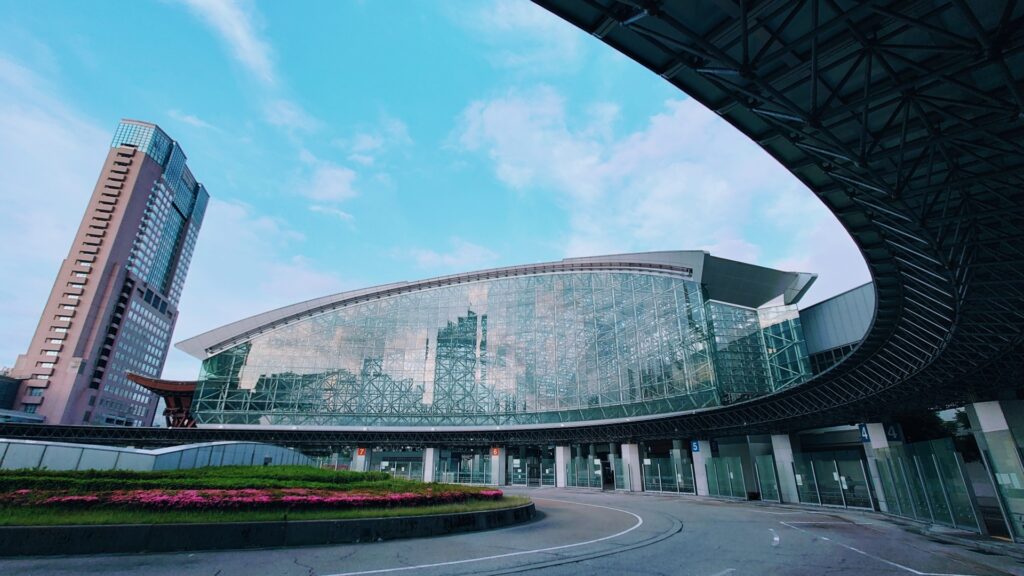
- Opening Hours: 7:00 AM to 6:00 PM (Mar 1–Oct 15), 8:00 AM to 5:00 PM (Oct 16–Feb 28)
- Admission Fee: ¥320 adults, ¥100 children
- Early Morning Free Entry: 15 minutes before official opening, visitors can enter for free for 15 minutes
- Free Entry Days: Certain national holidays and seasonal events
Getting There from Kanazawa Station:
- By Bus: Take the Kenrokuen Shuttle or JR bus to Kenrokuen-shita bus stop (~15 minutes)
- On Foot: Approximately 30 minutes through scenic streets
Tips for First-Time Visitors
- Best Time to Visit: Early morning or sunset for fewer crowds and optimal lighting
- Crowd Avoidance: Weekdays and off-peak seasons (late winter or early summer)
- Facilities: Restrooms available, some steep paths; benches scattered throughout
- Photo Etiquette: Tripods allowed in less crowded areas; be mindful of quiet zones
- Language Support: English pamphlets and signs available at the entrance
Nearby Attractions to Combine With Kenrokuen
- Kanazawa Castle: Directly adjacent, a must-visit for history buffs
- 21st Century Museum of Contemporary Art: Innovative architecture and exhibitions
- Ishikawa Prefectural Museum of Art: Traditional and modern Japanese art
- Higashi Chaya District: Historic teahouse district with geisha performances
Local Food Recommendations:
- Kanazawa curry
- Fresh seafood rice bowls (kaisendon)
- Gold-leaf soft serve ice cream
Seasonal Night Illuminations at Kenrokuen
Kenrokuen hosts free seasonal light-up events during cherry blossom season, summer evenings, autumn foliage, and snowy winter nights. These events typically highlight:
- Kotoji Lantern and Kasumigaike Pond
- Illuminated maple trees and yukitsuri
Viewing Tips: Arrive just after sunset; tripods recommended; check local schedules for event dates.
Gourmet Delights Within and Around Kenrokuen
- Shigure-tei Teahouse: Enjoy matcha and wagashi in a traditional setting
- Nearby Specialties:
- Jibu-ni (duck stew with wheat gluten)
- Kanazawa oden (hot pot)
- Kaga-bocha (roasted green tea)
Several cafés and teahouses surround the garden, offering both modern and traditional Japanese fare. Ideal for resting after your stroll.
Hidden Gems & Insider Tips
- Quiet Corners: The area behind Seisonkaku is often overlooked and tranquil
- Unique Photo Spots: Near the Uchihashi-tei bridge and around the Midori-taki waterfall
- Special Events: Occasional ikebana (flower arrangement) displays and tea ceremonies
Frequently Asked Questions
- Is Kenrokuen free to visit? No, general admission is ¥320, but early-morning and certain holidays offer free entry.
- What time does it open? Varies seasonally: 7 AM in summer, 8 AM in winter
- How long does it take to explore? 1.5 to 2 hours at a relaxed pace
- Are pets allowed? No, pets are not permitted in the garden
- Are English tours available? Yes, some guided tours in English are offered; check with Kanazawa Tourism Office
Conclusion: Why Kenrokuen Garden is a Must-See in Japan
Kenrokuen Garden is more than a sightseeing spot—it’s a living work of art shaped by history, nature, and culture. Whether you’re visiting for the cherry blossoms, autumn foliage, or serene winter snowscapes, the garden offers a timeless escape in the heart of Kanazawa. With its accessibility, rich heritage, and ever-changing beauty, Kenrokuen is a destination that deserves a place on every Japan travel itinerary.
Plan your visit to Kanazawa today and experience the timeless elegance of Kenrokuen Garden.

